kid-art-drawing/ART/AMOS-06/clay/AMOS%20夜光輕黏土無毒輕黏土-1040x200w.jpg)
As a local Hong Kong stationery wholesaler, I've witnessed countless children unleash their creativity through Play-Doh and clay toys. These colourful materials are not just toys, but also excellent tools for sparking imagination, training fine motor skills, and improving concentration! We carefully select safe and non-toxic children's Play-Doh, ensuring parents' peace of mind and children's enjoyment!
"Clay" & "Play-Doh": Types and Choices
There's a wide variety of clay and Play-Doh on the market; how to choose? Let us help you analyze:
-
Classic Play-Doh (Modelling Clay):
- Features: Soft texture, bright colours, easy to shape, a great choice for beginners. Many children love using it to make cute clay figures!
- English? Many parents ask for the English for toy clay or English for Play-Doh toys; common terms are "Play-Doh" (brand name) or "modelling clay." We sometimes directly call it clay.
- Note: Generally does not air dry and harden; can be played with repeatedly.
-
Light Clay (Air-Dry Clay):
- Features: Light texture, delicate feel, hardens after air drying and does not crack easily.
- Applications: Very suitable for creating preservable clay works, such as small ornaments and charms.
- Where to buy? If you want to buy light clay in Hong Kong, we offer multiple brands and packaging options; light clay prices are affordable.
-
Paper Clay:
- Features: (Sometimes written as paper clay) Texture is similar to paper pulp; can be coloured after drying, producing different textures.
- Applications: Suitable for creating larger or models requiring subsequent colouring, and clay models.
-
Other Clay Types (Clay Mud / Clay Glue):
- There are also oil clay, polymer clay, etc. on the market. Sometimes people collectively call different types of clay clay mud or clay glue; some people even use the simplified Chinese character for clay, 粘土. The most important thing is to understand the characteristics before buying!
What's the Difference Between Play-Doh and Clay?
Many people ask, "What is the **difference between Play-Doh and clay**?" Simply put:
| Characteristics | Classic Play-Doh (Play-Doh Types) | Light Clay / Paper Clay (Air-Dry Types) |
|---|---|---|
| Drying | Generally doesn't, can be played repeatedly | Will naturally air dry and harden |
| Texture | More moist, soft | Lighter, drier; paper clay has a fibrous feel |
| Weight | Relatively heavier | Very light |
| Uses | Repeated shaping, learning colors | Creating preservable works, models |
Why Play with Clay Toys?
Playing with clay toys has many benefits:
- Sparking Creativity: Allows children to use their imagination to create unique works.
- Hand-Eye Coordination: Actions like kneading, rolling, pressing, and squeezing train small hand muscles and coordination.
- Color Recognition: Learning about mixing colours, and recognising colours.
- Concentration UP: Making clay models requires patience and concentration.
- Emotional Release: The process of kneading helps to relax and release stress.
Frequently Asked Questions
-
What to do if the "Play-Doh hardens"?
My experience is: You can try adding a few drops of water and kneading it, or wrap it in a damp cloth and leave it for a while, which usually restores some of its softness. But if it dries and cracks, you might need to get a new one.
-
Where can I buy good clay?
As a wholesaler, we cooperate with major bookstores, stationery stores, and toy stores in Hong Kong. Of course, you can also order directly from our website, which is convenient and fast!
Come and choose some clay toys and enjoy the fun of kneading and pinching with your children!



kid-art-drawing/crayola/202010/Crayola%20Color%20Wonder%20Mess%20Free%20神奇顯色系列-%20米奇老鼠/Crayola+Color%20Wonder_mess%20Free神奇顯色系列-米奇老鼠-250x250h.jpg)

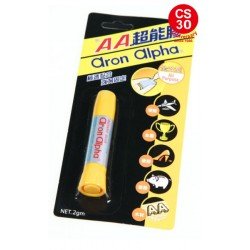
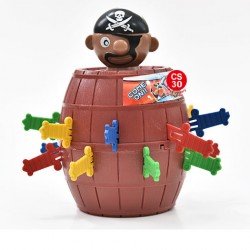
kid-art-drawing/crayola/202010/Crayola%20Color%20Wonder%20Mess%20Free%20神奇顯色系列-%20米奇老鼠/Crayola+Color%20Wonder_mess%20Free神奇顯色系列toystory-250x250.jpg)
-250x250w.png)
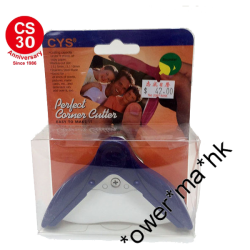
kid-art-drawing/ART/japan1/銀鳥無毒純米黏土_9色$50-120x120h.png)
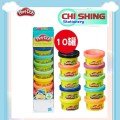


kid-art-drawing/ART/AMOS-06/clay/4色黏土-粘土-CRAFTY-HANDS-4-CLAY-SET-250x250w.png)
kid-art-drawing/ART/201808/CRAFTY%20HANDS%204%20CLAY%20SET%204色%20粘土$15/4色粘土-250x250.jpg)
kid-art-drawing/ART/japan1/銀鳥無毒純米黏土_9色$50-250x250h.png)
kid-art-drawing/ART/japan1/A-RDBZ/銀鳥無毒純米黏土_書本系列_漢堡4色組-附模具-250x250w.png)
kid-art-drawing/ART/japan1/A-RDBZ/銀鳥無毒純米黏土-書本漢堡-4色組-附模具_clay_153-250x250w.png)
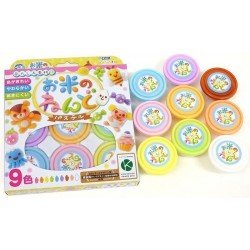
kid-art-drawing/ART/japan1/A-RDCLF/銀鳥無毒純米黏土-A-RDCLF-練習使用筷子套裝組-4色-250x250h.png)
kid-art-drawing/ART/japan1/A-RDCLF/-A-RDCLF-–learning_clay-250x250w.png)
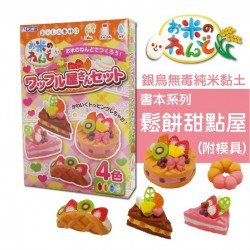


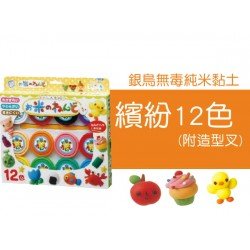
kid-art-drawing/ART/japan1/A-RDSCF/銀鳥無毒純米黏土-A-RDSCF-理髮組合-2色-250x250h.png)
kid-art-drawing/ART/japan1/A-RDSCF/A-RDSCF-hair_treatment_clay_154-250x250w.png)

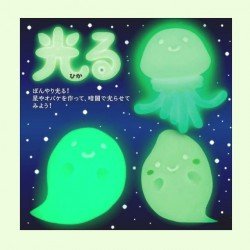

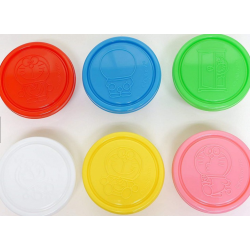
kid-art-drawing/ART/japan1/A-RDSZ/銀鳥無毒純米黏土-書本壽司-4色組-附模具-250x250w.png)
kid-art-drawing/ART/japan1/A-RDSZ/japan_clay_15414-250x250w.png)